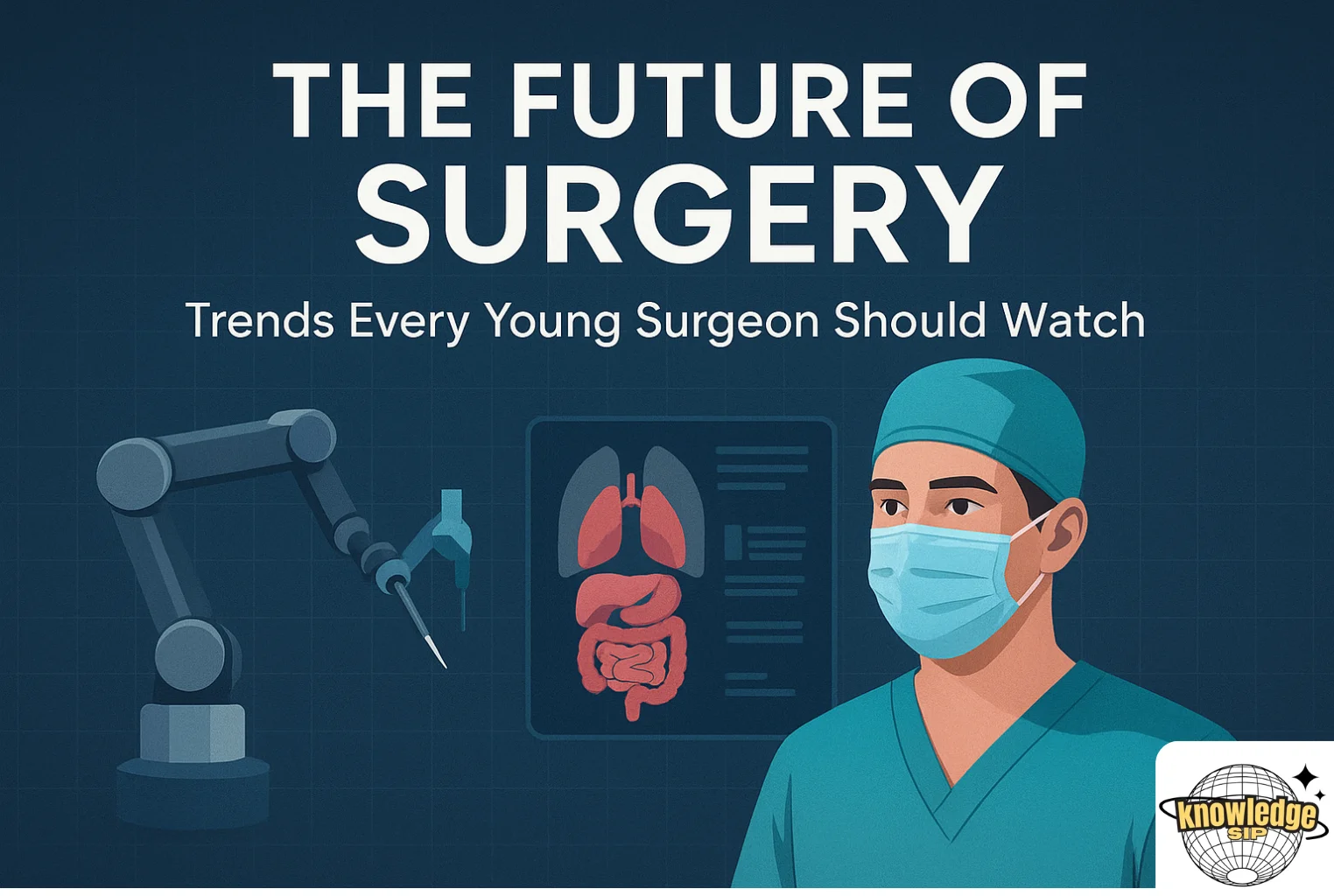The Future Of Surgery – Trends Every Young Surgeon Should Watch

The operating room of tomorrow looks nothing like the one you trained in. And that’s exactly why you need to pay attention now.
Flexible Surgeon Jobs – The Gig Economy Comes to the OR
You’ve probably noticed the shift already. Staff surgeon positions aren’t the only path anymore. Locum tenens work is exploding, but that’s just the beginning. Telesurgery platforms are creating markets where you can consult on cases across state lines without leaving your home base.
Some surgeons now work three days a week at one hospital, two at another, and spend Fridays doing robotic proctoring remotely. The rise of surgical hospitalist models means you can specialize in emergency procedures without the burden of clinic days or call schedules that destroy your personal life.
Ambulatory surgery centers are hiring surgeons for concentrated blocks of cases—imagine operating Tuesday through Thursday and having four-day weekends.
Contract work and flexible surgeon jobs are becoming sophisticated enough that you can negotiate exactly what you want: fewer administrative headaches, higher per-case compensation, and the freedom to move between systems.
The traditional partnership track? It’s becoming optional, not mandatory.
Augmented Reality – Your New Surgical Navigator
Forget Google Glass. The next generation of AR headsets will project CT scans directly onto your patient during the procedure. You’ll see tumors, vessels, and vital structures highlighted in real-time as you dissect.
Early adopters are already using these systems for complex hepatobiliary cases and spinal fusions.The technology learns your preferences. It adapts to your hand movements.
AI as Your Surgical Assistant
Artificial intelligence won’t replace you, but surgeons who use AI will replace those who don’t. Machine learning algorithms are getting scary good at predicting complications before they happen.
They analyze thousands of data points during surgery—blood pressure trends, tissue perfusion, even subtle changes in operative time—to warn you when something’s going sideways.
Key AI applications you should watch:
Bioprinting and Custom Implants
Generic mesh and standard plates are becoming obsolete. You’ll soon order patient-specific implants designed from their imaging, printed overnight, and delivered sterile to your OR.
Bioprinted scaffolds seeded with the patient’s own cells will replace traditional grafts. The cutting edge? Organs printed with functional vascular networks.
Some centers are already doing this for craniofacial reconstruction and orthopedic oncology. The real game-changer is the speed—what once took weeks of planning and manufacturing now happens in days.
You’ll also see dramatically better integration because these implants match the patient’s anatomy with submillimeter precision, reducing operative time and improving healing rates.
Climate-Conscious Surgery
Here’s one nobody talks about: the environmental impact of what we do. Operating rooms produce more waste than nearly any other hospital department.
The next wave of innovation includes reusable surgical instruments that match disposable quality, sustainable anesthesia protocols that reduce greenhouse gases, and supply chain reforms that eliminate unnecessary packaging.
Forward-thinking surgeons are building green ORs and marketing them to environmentally conscious patients. It’s not just good ethics—it’s good business.
Your competitive advantage comes from seeing these trends before your colleagues do. The surgeons who thrive won’t be the ones with the steadiest hands. They’ll be the ones who adapted fastest.
Start positioning yourself now.



